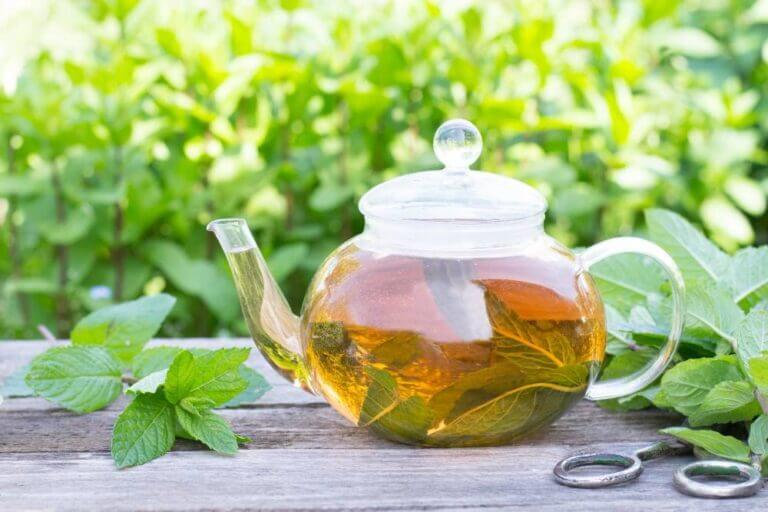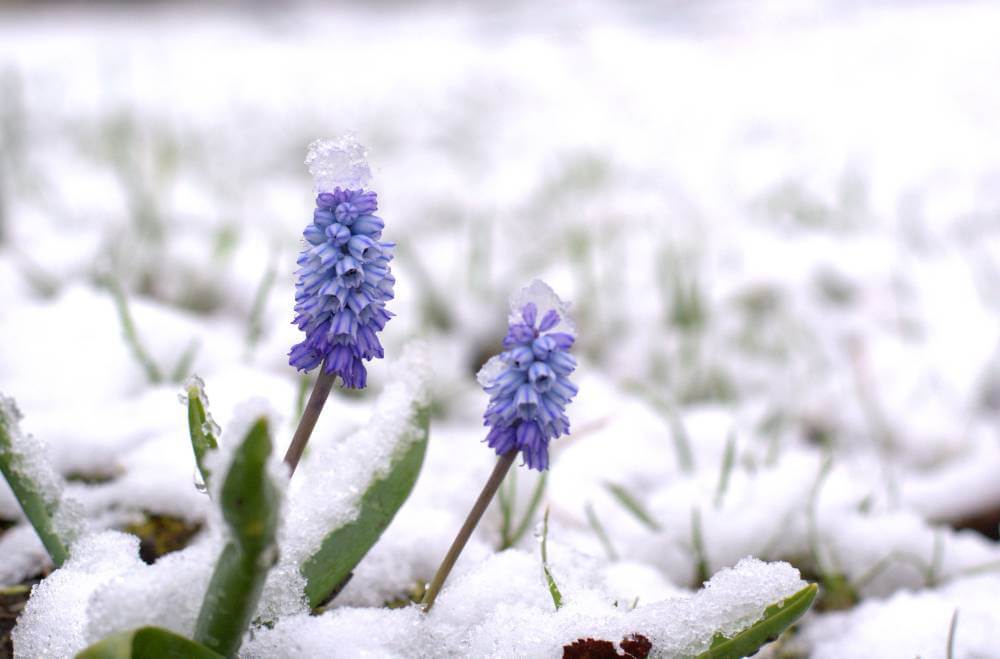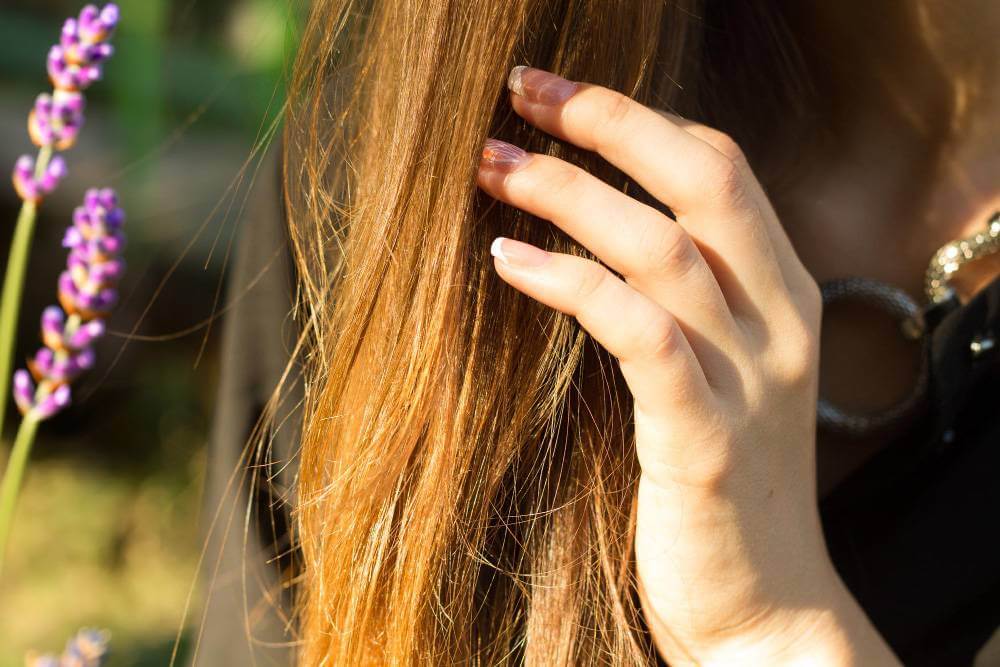Hello, tea enthusiasts! Are you ready to transform your garden into a serene sanctuary, perfect for both unwinding and sipping your way to calmness? Let’s embark on a journey to create our very own herbal tea garden, where every leaf and blossom contributes to a soothing brew.
The Tranquil Magic of Herbal Teas
Why should you drink herbal teas for relaxation? Aside from their delightful flavors, these teas are packed with natural benefits that help soothe and relax the mind and body. They offer a gentle, natural way to unwind, making them a healthier alternative to other stress-relief methods.
Herbs like chamomile, lavender, and lemon balm have long been celebrated for their calming properties, reducing stress, improving sleep, and even boosting mood with their pleasant aromas and soothing effects.
Fresh vs. Dried Herbs: Which Brews Best?
When brewing herbal teas, the choice between using fresh or dried herbs can greatly influence both the flavor and the therapeutic qualities of your tea. Fresh herbs often provide a vibrant, robust flavor and maintain a higher content of essential oils, which are crucial for the health benefits and aroma of the tea. Fresh herbal teas tend to have a more subtle and delicate taste, which is perfect for those who appreciate a lighter, fresher flavor profile.
On the other hand, dried herbs are not only more convenient but also have a more concentrated flavor, which can lead to a richer tea. The process of drying herbs enhances certain flavors and allows for a longer storage period, making dried herbs a practical choice for those who want to enjoy their garden’s bounty year-round.
Each form of herb offers distinct advantages depending on personal preference and the specific uses of the tea. For instance, a fresh mint leaf might provide a refreshing zest in the summer, while dried peppermint can offer a more intense and soothing flavor during the cold months. Whichever you choose, both fresh and dried herbs can create delicious and healthful teas that cater to different tastes and needs.
Cultivating Calm: Best Herbs to Plant
Starting your own herb garden for tea is not only rewarding but also incredibly practical. To ensure your herbs grow healthy and strong, remember that most prefer full sun, although some like lemon balm and passionflower do well in partial shade. Water your herbs when the soil feels dry but avoid overwatering, as herbs generally prefer drier conditions. Harvest in the morning when their essential oils are most potent for the best flavor and efficacy in your teas. Here are some top herbs that are easy to grow and great for making relaxing teas:
Chamomile: The Soothing Star
Health Benefits: Chamomile is not only excellent for calming nerves but also aids in digestion and can help reduce inflammation. Its mild sedative effects make it a popular choice for pre-bedtime teas, helping to improve sleep quality.
Growing and Preparation: Chamomile thrives in cool conditions and full to partial sunlight. It requires well-drained soil and minimal watering once established. To prepare chamomile for tea, harvest the flowers when they are fully open. To dry them, spread the flowers on a clean surface in a dry, shaded area with good air circulation. Turn the flowers over every now and then until they are completely dry, which usually takes about a week.
Brewing: Use about one tablespoon of dried flowers per cup of boiling water. Cover and steep for 5-10 minutes to maximize the extraction of soothing compounds.
Lavender: More Than Just a Pretty Face
Health Benefits: Lavender is renowned for its ability to reduce anxiety, improve sleep, and, thanks to its anti-inflammatory properties, relieve pain and soothe headaches.
Growing and Preparation: Lavender requires full sun and good drainage. Once established, it is drought-resistant and needs only occasional watering. Harvest the flower buds when they are fully formed but before they open fully. To dry, tie the stems together and hang them upside down in a cool, dark place for about 1-2 weeks.
Brewing: For tea, use one teaspoon of dried buds per cup of boiling water. Let it steep for about 10 minutes. The long steeping time allows the calming essential oils to infuse into the water.
Lemon Balm: A Sip of Sunshine
Health Benefits: Lemon balm reduces stress, helps to manage anxiety, and may improve cognitive function. It is also used for relief from insomnia, especially when mixed with other calming herbs like chamomile.
Growing and Preparation: Lemon balm prefers partial shade and well-drained, fertile soil. It grows quickly and can be harvested several times during the growing season. To dry lemon balm, harvest the leaves before the plant flowers, then spread them out in a thin layer in a cool, dry place away from direct sunlight. Turn the leaves occasionally until they are crisp, which usually takes about 3-5 days.
Brewing: Use about 2-3 teaspoons of dried leaves per cup of boiling water. Cover and steep for about 5-10 minutes for a soothing, refreshing tea.
Peppermint: The Cool Calmer
Health Benefits: Peppermint is excellent for digestive health, helping to ease bloating, cramping, and other digestive discomfort. It also has mild sedative properties that are beneficial for relaxation and stress relief.
Growing and Preparation: Peppermint prefers moist soil and partial shade but can tolerate full sun. Because it spreads quickly, it is best grown in pots. Harvest the leaves just before the plant flowers for maximum potency. To dry peppermint, remove the leaves from the stem and lay them out in a cool, dark place until completely dry, typically within 3-4 days.
Brewing: Use one tablespoon of dried leaves per cup of boiling water. Steep covered for about 5-7 minutes.
Passionflower: The Sleeper Hit
Health Benefits: Passionflower is particularly effective for insomnia and anxiety. It acts as a mild sedative, making it a favorite for teas intended to promote deep, restful sleep.
Growing and Preparation: Passionflower vines thrive in well-drained soil with full sun to partial shade. Harvest the flowers, leaves, and stems when the plant is in bloom, typically in midsummer. To dry, lay them out on paper in a warm, airy room, turning them daily until they are completely dry, which can take about a week.
Brewing: Use one teaspoon of the dried mixture per cup of boiling water. Let it steep for at least 10-15 minutes before drinking.
Creating Your Own Herbal Mix
With your garden flourishing, why not experiment with your own blends? Mixing different herbs like chamomile, lavender, and mint can create delightful combinations, offering a variety of flavors and benefits.
Start with equal parts of each herb, adjust to your taste, and discover your personal favorite blend that brings relaxation.
Storing Your Dried Tea Leaves for Lasting Freshness
Once you’ve harvested and dried your herbs for tea, proper storage is key to maintaining their flavor and medicinal properties. To keep your dried tea leaves fresh and potent, store them in airtight containers away from direct sunlight, moisture, and heat. Glass jars with tight-sealing lids are ideal as they prevent air exposure and help preserve the herbs’ essential oils. Label each container with the name of the herb and the date of storage to keep track of freshness.
Ideally, store your jars in a cool, dark place like a pantry or a cupboard. Properly stored, dried herbs can retain their quality for up to a year, ensuring that every cup of tea is as delightful and effective as the last.
Enhancing Your Tea Experience with the Right Accessories
To truly elevate your herbal tea experience, having the right accessories can make all the difference. Consider investing in a high-quality teapot that includes an infuser basket for easy steeping of loose herbs. A tea cozy to keep your brew warm, and a set of delicate teacups or clear glass mugs can add a touch of elegance and enjoyment to your tea-drinking ritual.
For those who prefer a modern twist, electric kettles with temperature settings allow for precise heating of water, ensuring the perfect brew temperature for different types of herbs. Additionally, bamboo trays and ceramic or wooden tea caddies can enhance the aesthetic of your tea setup, making the process of brewing and serving tea a more pleasurable and visually appealing activity. These accessories not only improve the quality of your tea but also turn tea preparation into a cherished
A Quick Recap
Growing and brewing your own herbal teas is not just about enjoying a cup of tea; it’s about creating a lifestyle that embraces natural, sustainable methods for relaxation and health.
If you’ve enjoyed my garden-to-teacup tale today, there’s plenty more where that came from. Keep clicking, keep reading, and let’s keep growing together. Happy growing and brewing!







